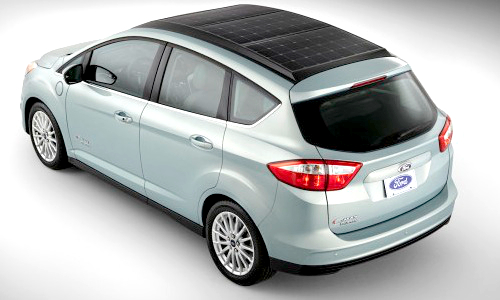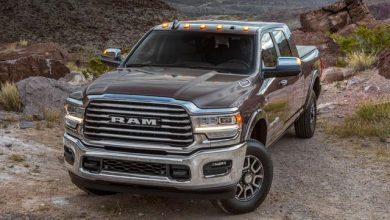How Engines Make Cars Move- A Primer

We rely upon our cars every day, dedicate resources to keep them running and–sometimes-even affectionately name them. Our vehicles are machines that have defined the modern era of productivity and freedom; they are very important to us. But have you ever wondered about how they work? How a car turns gas into movement? We spend so much time with our cars, but few really understand the systems that turn the wheels. We’re here to sate your curiosity and uncover what goes on every time you turn your key!
The engine
It starts with the engine. There are a variety of engines built into modern vehicles but the most popular are gasoline and diesel motors. Each of these systems uses the principal of internal combustion to generate horsepower and torque. To do this, fuel is injected into the cylinders and is then ignited. The expanding gas of the combustion chambers drives the pistons producing mechanical energy. According to our Auto Tech Consultant at Bedford Hills Jeep (Bedford Hills, NY), this is officially known as the workings of an “Otto Cycle” engine. Basically, the cylinder pulls in the fuel, comes up upon the fuel as its ignited by the spark plugs in a combustion stroke, then powering the cylinder back down, and finishes the pattern with an exhaust stroke to vent out the spent gases.
Pounding Pistons
An engines pistons are connected to a crankshaft which turns the transmission. There are a number of transmissions your vehicle could have, such as Continuously Variable Transmissions (CVT), automatic transmissions, semi-automatic transmissions or manual transmissions. Depending on where your transmission sends its power and how your drivetrain is configured, your vehicles wheels are driven.
Differentials
Differentials meet in the middle of your vehicle’s axles to transfer power into turning the wheels. You may have heard of a locking differentials. This system allows torque to be funneled to the the wheels that have the best traction. In the old days, locking differentials were all mechanical. Today they function similarly but are likely to have electronic components that orchestrate the operation and flow of torque.
And that’s how a car works in a nutshell! When summarized, it’s a whole lot less complicated than it otherwise may seem. This internal combustion-powered automobile has been innovated upon for more than one hundred years now, increasing their efficiency and driving greater and more impressive performance stats year after year. We’re always excited to see what the latest technology has to improve upon this basic system, whether we’re fanatics of speed, off-roading, great tow performances, or eco-friendliness and earth conscientiousness. It’s got a lot of needs and performance wishes to cater to across the nation, but our cars faithfully serve us exactly the right amount of power and reliability we require every day.






